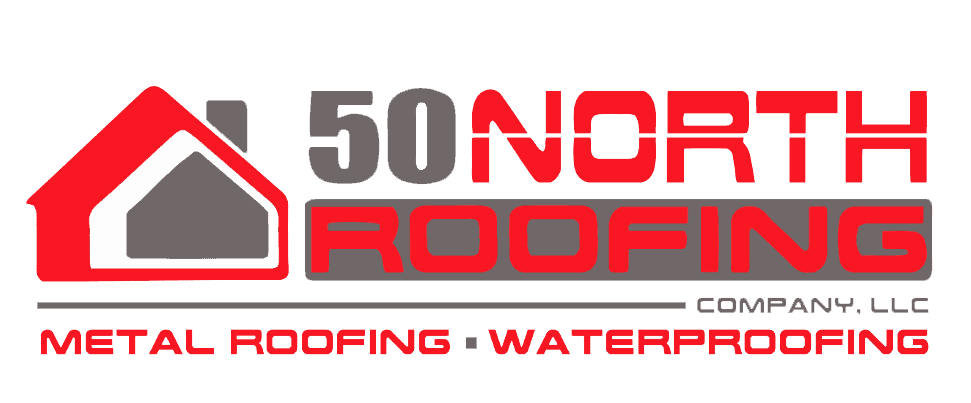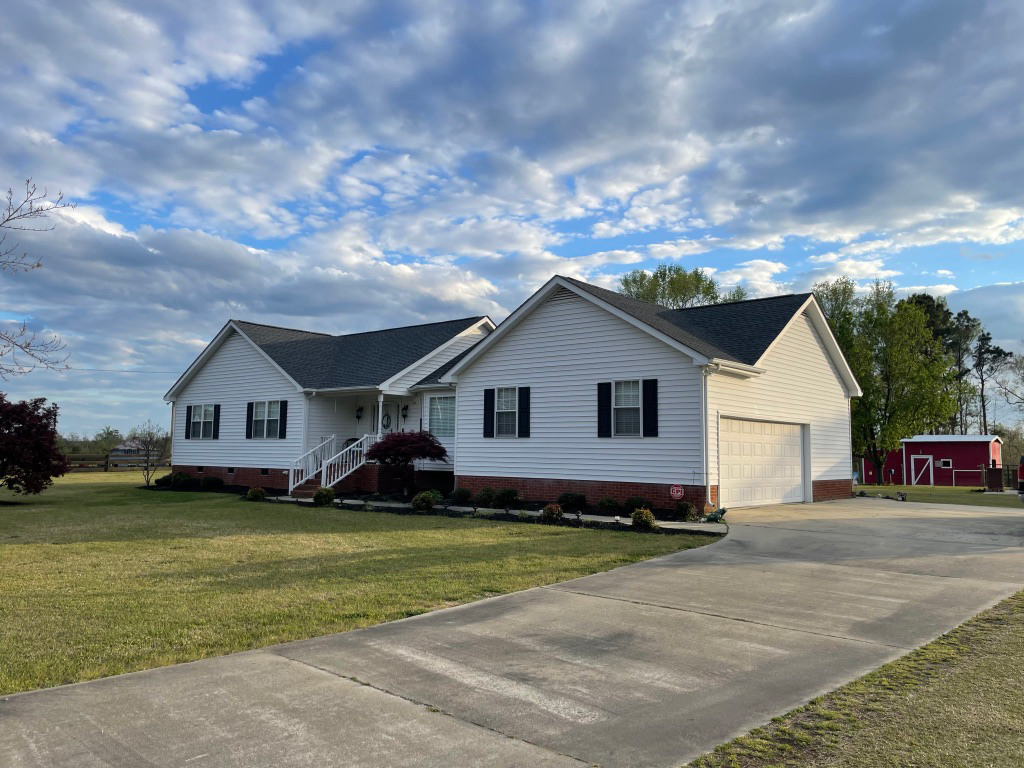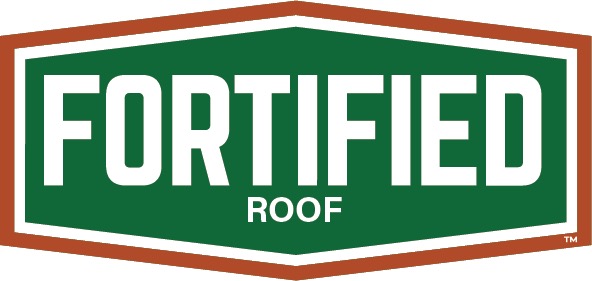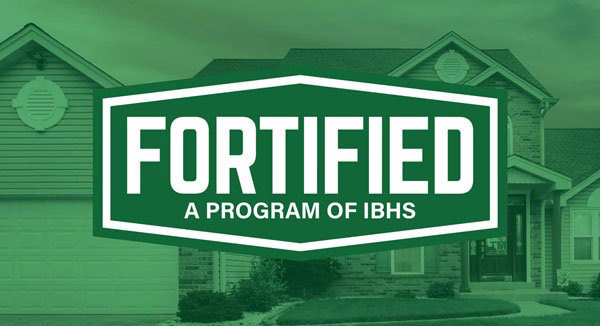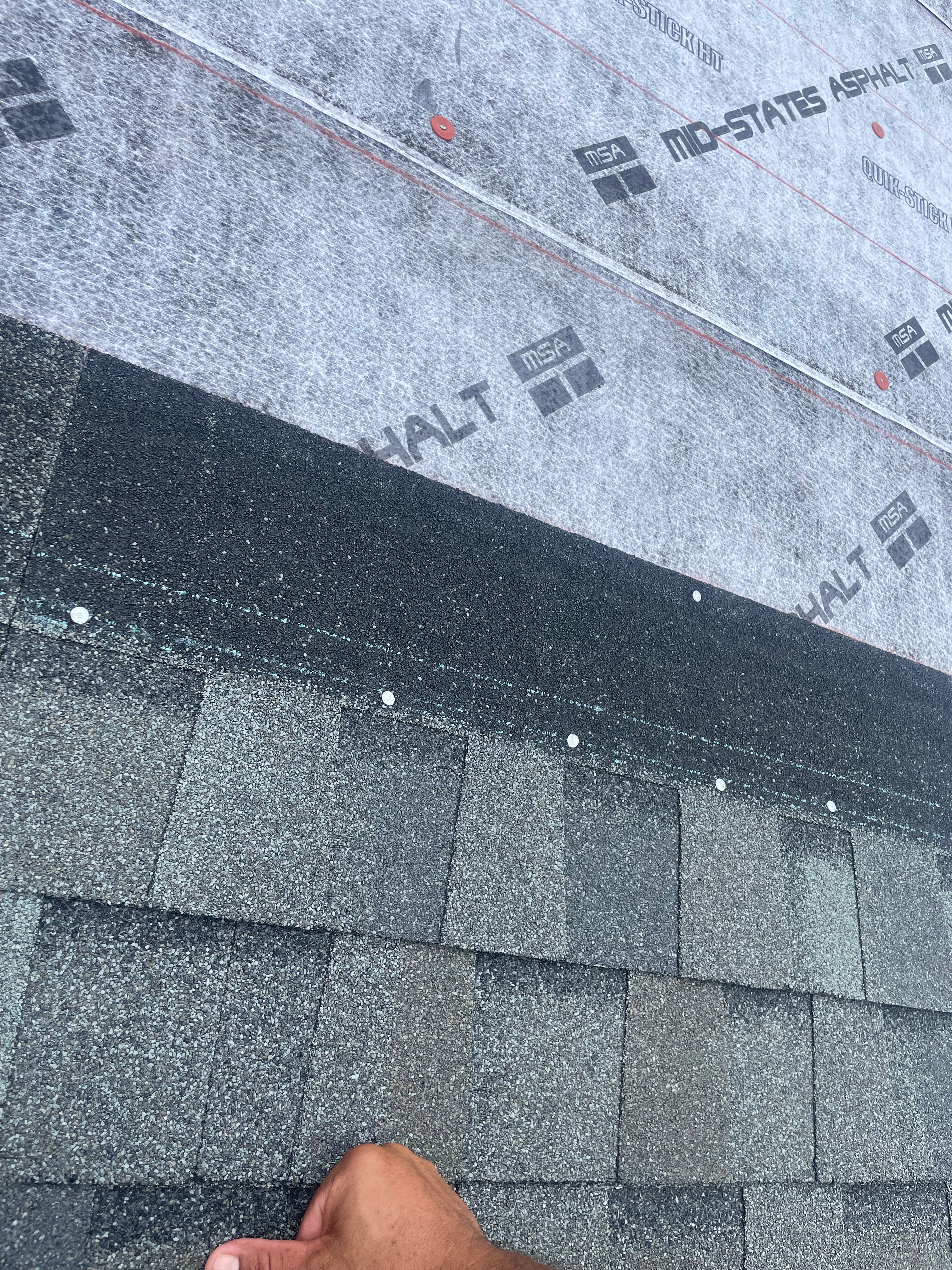Understanding Your Homeowners Insurance: Does It Cover Roof Replacement?
Most standard homeowners insurance policies will cover the cost of replacing a damaged roof, as long as the damage was caused by a sudden accident or act of nature. However, routine wear and tear or damage from an aging roof is typically not covered, as it falls under the homeowner’s general maintenance responsibilities.
Noteworthy Points
It’s important to note that most homeowners insurance policies typically cover roof replacement if the damage is caused by an act of nature or a sudden accidental event. However, it’s also important to understand that insurance typically won’t cover gradual deterioration due to wear-and-tear or neglect. Additionally, roofs that are over 20 years old may have limited coverage, if any. To ensure that your claim is approved, it’s recommended to keep detailed records of repairs, before-and-after photos, and reports from inspections. It’s also important to notify your insurance company promptly when damage occurs.
Read also: 5 of the best benefits of higher-quality roofing
How Roof Coverage Works
Your home’s roof is constantly exposed to the elements, which can vary depending on your location. In northern climates, heavy snow, hail, and ice storms can cause damage, while the Midwest commonly experiences tornados and cyclones. Southern Eastern climates are prone to hurricane-force winds. Because of these risks, some homeowners’ insurance may include wind mitigation discounts to protect against potential damage.
The power of nature can lead to trees falling onto roofs, as well as the potential risk of wildfires and more unlikely incidents like debris from explosions or aircrafts posing a threat to rooftops.
The roof is a crucial part of your home’s structure, and the dwelling coverage in your homeowners’ insurance policy usually protects you from damage or destruction. This means you may be eligible for a total or partial replacement of the roof if it’s damaged by covered events.
Roofs that are over 20 years old may have limited coverage and may only be insured for their actual cash value rather than their current replacement cost.
Certainly, it’s important to note that policyholders will need to pay their deductible before their insurance coverage becomes effective. In some cases, policies in high-risk states may have a higher deductible for damages caused by hurricanes or hailstorms. To ensure their property is fully protected, residents in these areas may need to purchase additional coverage such as a separate windstorm insurance or hurricane insurance policy. It’s also worth mentioning that anyone wanting extra protection or a higher level of coverage has the option to purchase it.
Special Considerations for Roof Coverage
If your roof experiences severe damage from a dramatic event like a storm or strong winds, it is likely that your insurance will cover the repairs. However, if the damage is less dramatic, such as a few shingles being nicked or the appearance of a leak after a storm, the insurance company may consider it to be cosmetic or general wear-and-tear, and may not cover the repairs.
It’s interesting to note that while any water damage resulting from a leaking roof to your walls, floors, or furniture is likely to be covered under the all-perils section of your policy, the roof repair itself would not be included.
Preventing Roof Problems
Property owners are responsible for maintaining their roofs and being aware of the life span of different materials, which can vary from 10 to 70 years. Homeowners can also protect their roofs by hiring licensed professionals for regular inspections. Keep in mind that some roofing companies offer free inspections, but they may identify a significant number of issues in order to secure future business.
It is important to regularly check your roof for debris and ensure that it is free of any water collection. Additionally, it’s advisable to trim back any trees that are touching or hanging over the roof. After experiencing a big storm or extended snowy weather, always inspect your roof to assess the condition of the shingles and gutters. If you reside in an area prone to strong winds, it’s crucial to make sure that your home and roof are in compliance with current building codes.
Getting Reimbursed for Roof Replacement
As a roof ages, it may become more difficult to insure. Many insurance companies have policies that exclude coverage for roofs that are over 25 years old, unless they are made of materials known for their longevity, such as slate or metal. Other factors that could lead to policy exclusions include improper maintenance, the use of certain expensive roofing materials, or roofs with multiple layers of roofing material.
It is important to contact your insurance company to request an inspection of your roof in order to increase the likelihood of them covering the costs. Before the inspection, it is advisable to gather relevant documents such as your current home insurance policy, home inspection reports, repair receipts, and photos of any damage. Additionally, taking before-and-after photos of your roof is recommended. These documents will be beneficial during the claims process. After contacting your insurance company, they will send an adjuster to assess the damage and provide their own evaluation.
Read also: Ready for a roof replacement?
Tips to Save on New Roof Costs
Roof replacement costs can vary based on the roofing material used, with the average price range falling between $1.60 to $4.80+ per square foot. Some contractors may quote by the “square,” which represents a 10’x10′ area, or 100 square feet. Asphalt shingle repairs may be more affordable, while tile and metal roofs typically come with a higher price tag. To minimize repair and replacement costs, consider these tips.
Before you start talking to roofing contractors, it’s important to do your research and know the size and complexity of your roof, as well as the specific materials you want to have installed.
When looking for a roofer, it’s important to shop around and get quotes from multiple companies. Always ask for local references and be cautious of extremely low bids, as they could indicate lower quality work. Additionally, make sure the roofers offer a warranty on both materials and installation.
It’s important to time your roof replacement carefully. Roofers tend to be busiest in late summer and fall, so scheduling your replacement in late winter or spring could lead to lower prices or off-season discounts.
Consider taking on some of the work yourself, such as removing old roofing before the installer arrives, if you have the time, proper equipment, and are comfortable with heights. This could help to reduce the overall costs of the project.
An overlay is the process of adding new shingles on top of existing ones. It is a cost-effective option because it requires less labor and is generally cheaper than a full roof replacement. However, it’s important to note that it may void or shorten the manufacturer’s warranty on roofing materials and could lead to increased labor and waste during future replacements.
Is it advisable to contact my homeowners insurance company in the event of a roof leak?
You may need to consider a few factors before deciding whether to call your homeowners insurance company about a roof leak. If the leak is caused by wear and tear or the age of the roof, it’s likely that your policy won’t cover those damages. It also may not be worth calling if your deductible is as much or more than the cost of repair, as filing a claim could impact your future premiums without saving you money. However, if your roof is leaking due to sudden, unexpected circumstances and requires extensive repair or replacement, then it may be worth reaching out to your insurance company.
Does Homeowners Insurance Cover Ceiling Damage?
If your ceiling is damaged due to a covered event, like a burst pipe, your homeowners insurance may provide coverage. Typically, most insurance policies include coverage for damage caused by sudden and accidental events.
Will Homeowners Insurance Cover Shingles Blown Off the Roof?
Many homeowners insurance policies will provide coverage for roof damage caused by wind storms, however, it’s important to note that if you live in a tornado-prone area like Texas or Oklahoma, there may be wind exclusions that could affect your coverage.
In Conclusion
Your roof plays a crucial role in protecting your home. If it has been damaged due to a covered event, like a storm, you may be eligible for a partial or complete roof replacement. It’s essential to understand the details of your insurance policy, including what is covered and what is not, so you can be prepared in case of damage. Consult with your insurance agent and carefully review your policy documents to determine your coverage. Additionally, regular roof maintenance can increase the likelihood of approved claims.
